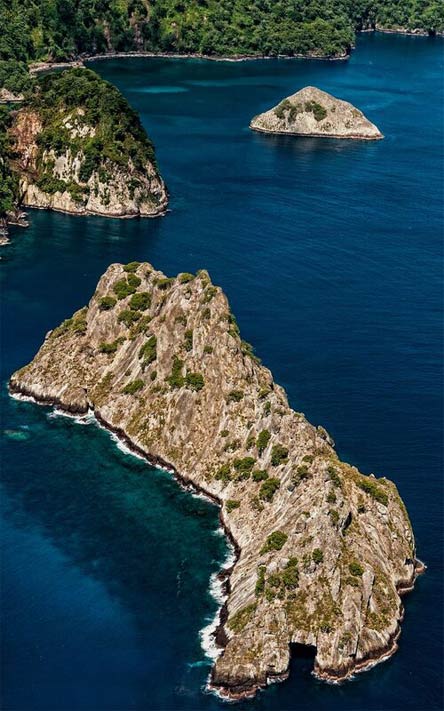Cocos Island

Cocos Island National Park
In Summary
- The island has an extension of 24 km, and it is the highest point of the Cocos Submarine Volcanic Range, which begins in the Galapagos Islands in Ecuador and reaches up to the Pacific coast of southern Costa Rica.
- It is the oceanic island with the largest extent of tropical rainforest, and it has abundant fresh water and permanent flows in rivers and streams.
- It is home to more than 2,600 species of flora and fauna, of which more than 1,600 are marine.
- The island has one of the highest concentrations of sharks of the world.
- The biomass of species on the island is among the highest in the world and the largest recorded in America. It is one of the few places in the world where you can see all levels of the food chain.
- The island does not have terrestrial mammals. The five species that exist were introduced by humans, either intentionally or accidentally.
- This natural treasure is the largest marine protected area in Costa Rica, and it is the biggest uninhabited island in the world.
- Cocos Island made Costa Rica 10 times larger, and it provides the country with 51% of its marine area, as it adds 290,000 km to the Exclusive Economic Zone (EEZ) of Costa Rica.
- The highest elevation of the island is Cerro Iglesias with 575.5 m of altitude.

